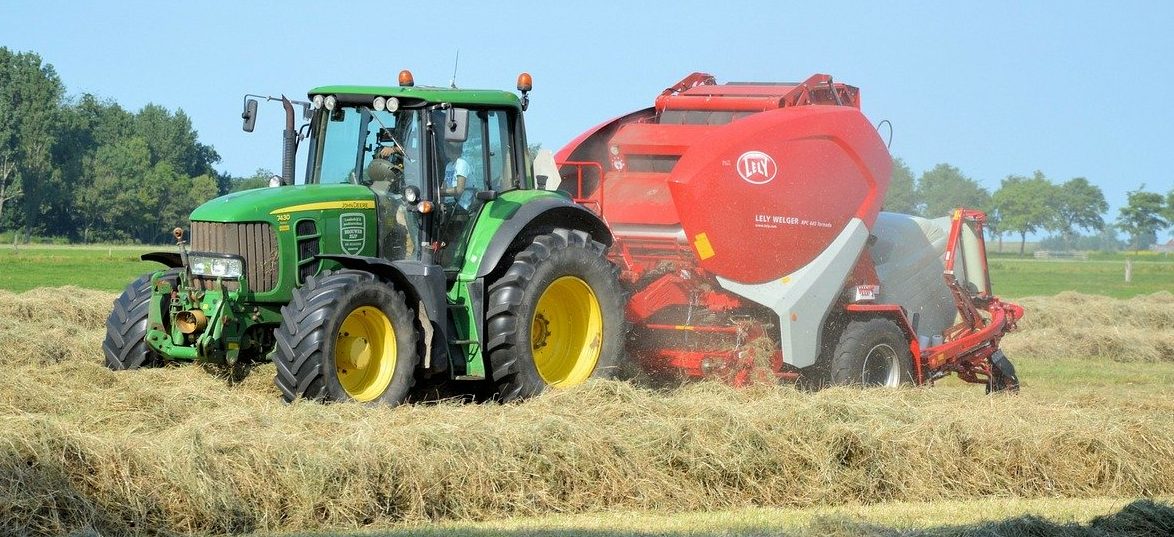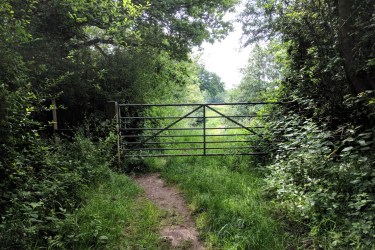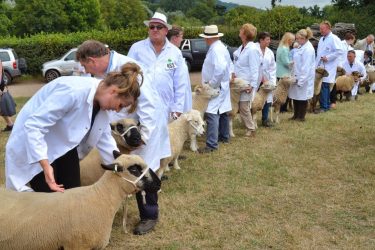By Andrew Hawkins
The driest spring on record following a record-breaking wet winter means many dairy farm forage plans are under pressure.
Clients of mine who regularly measure grass are reporting growth rates below 20kgDM/ha per day, compared to 68kgDM/ha this time last year, a 70% reduction. Although there will be regional variations, this is generally putting pressure on second cuts despite the recent rain.
The rain has probably come too late to affect second cuts much. Where growth rates have been low and second cuts are stalling and running to a seed head, there is no point holding back as all you will see is an increase in NDF and a decline in ME leading to a poorer quality forage with no increase in yield.
Get it clamped and then prepare for third cut. An aftermath will make better use of rain than a rapidly ageing sward. There is no reason why a third cut will not make up a significant part of any shortfall. Where second cut growth is below expectations it is really important to take a pre-cut sample to establish nitrate levels and the risk to fermentation and act accordingly.
I would advise all farmers to re-budget forage stocks for the winter now as there are still options to address any shortfall. Also get first cut analysed now as initial reports suggest high quality if lighter cuts with higher dry matters, meaning the total dry matter produced so far may be better than anticipated.
Armed with a revised budget and an estimated shortfall you can review possible actions. The most cost-effective solution will be to look for standing crops of grass, cereals and maize and to secure those now. In these drought conditions even maize and cereals will be under drought stress soon but expect normal yields for maize and fermented whole crop should be 11.25t DM/Ha (4.5t DM/acre).
Buying big bales can be a flexible option particularly for youngstock or dry cows and are often a relatively high dry matter compared to clamp silage. Purchasing hay for supplementation now or later in the season works well and can provide a good source of effective fibre in grazing cows.
At around £200/t DM on farm, moist feeds are less cost effective than standing crops which come in at around £100/t DM after harvesting costs.
Finally, for farmers who have the option of irrigation, it could be cost effective to irrigate grassland. You should look to apply a minimum of 30mm at any one time on a weekly basis so it is important to work out the area they can irrigated on this basis and stick to it.








